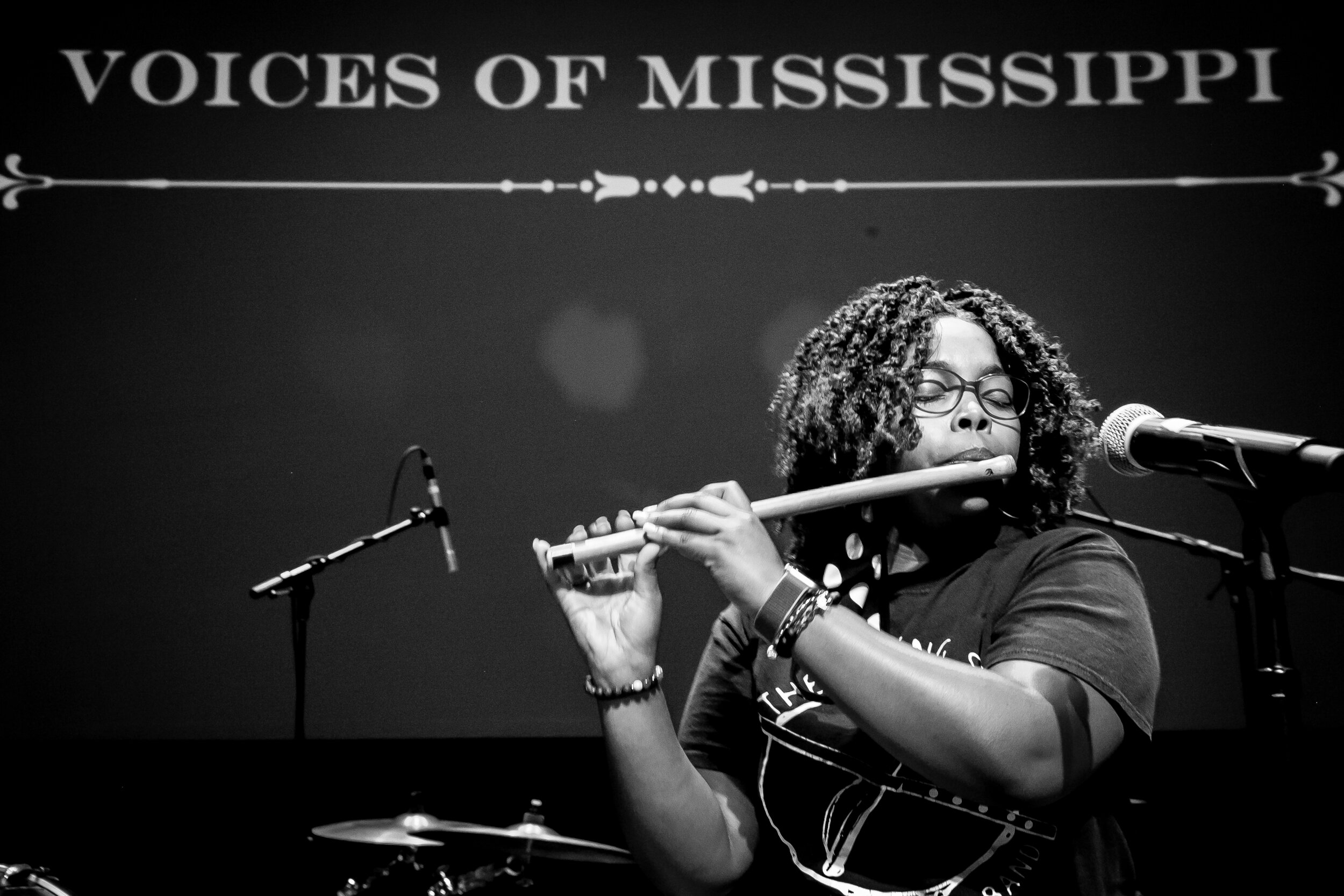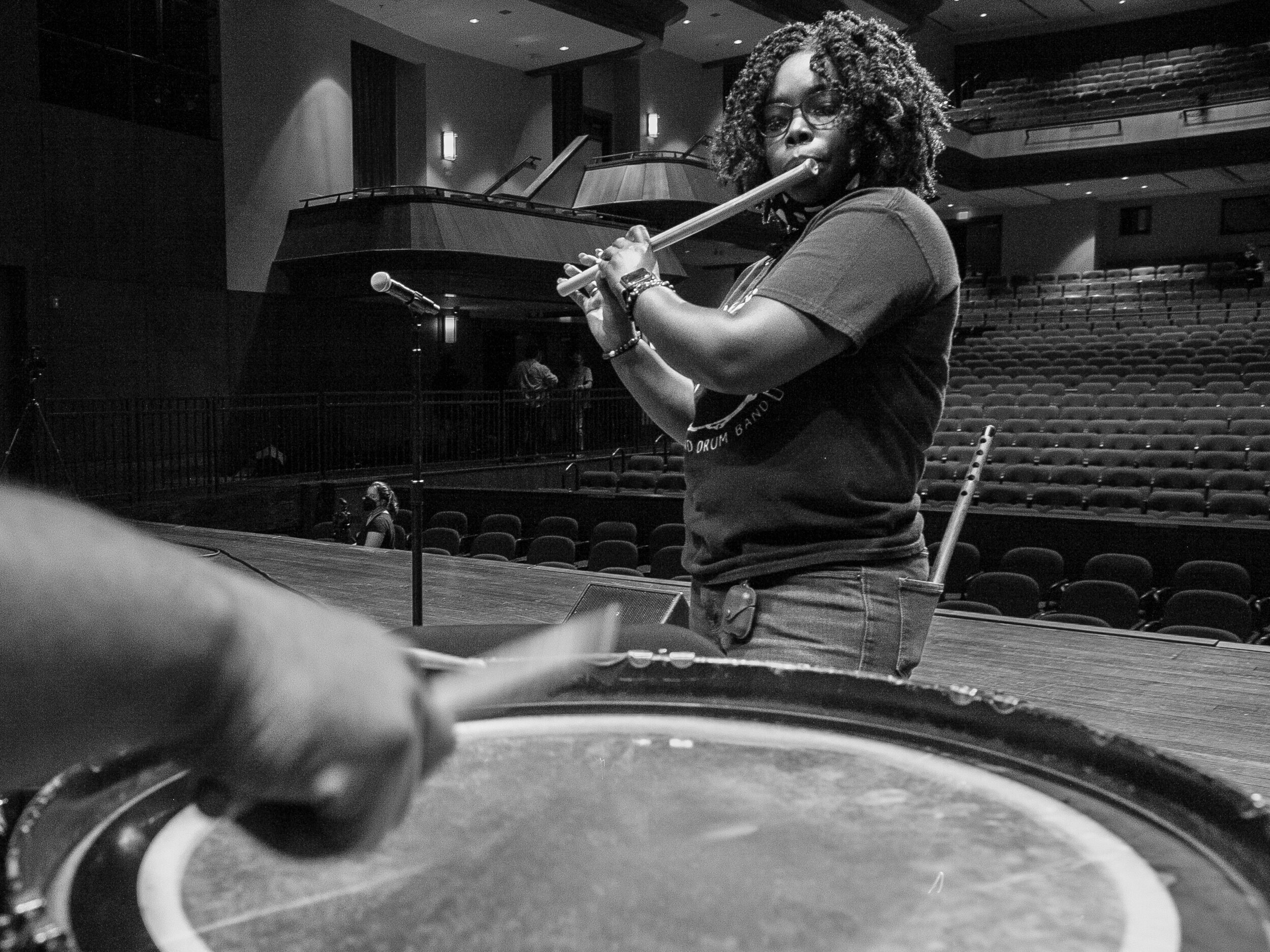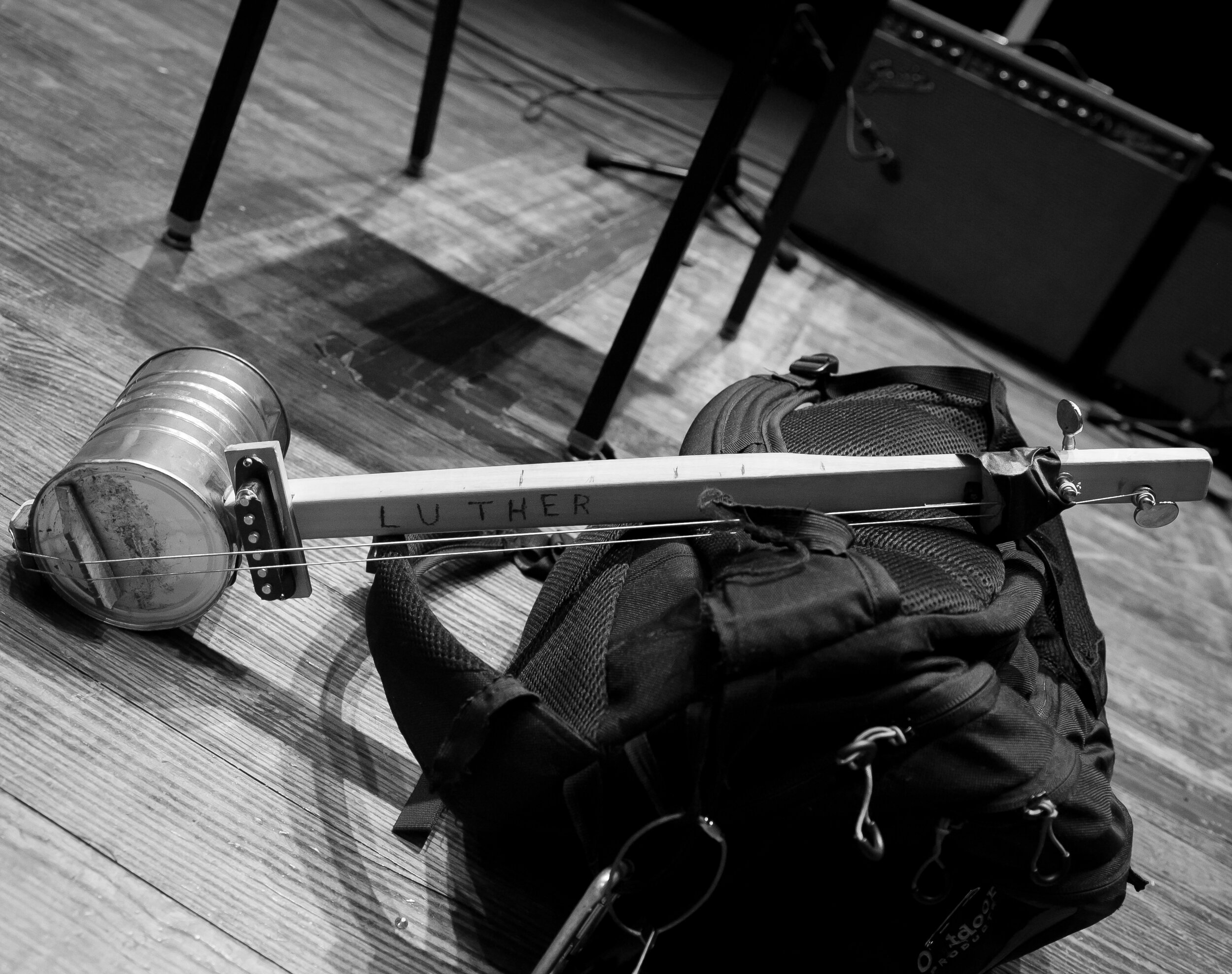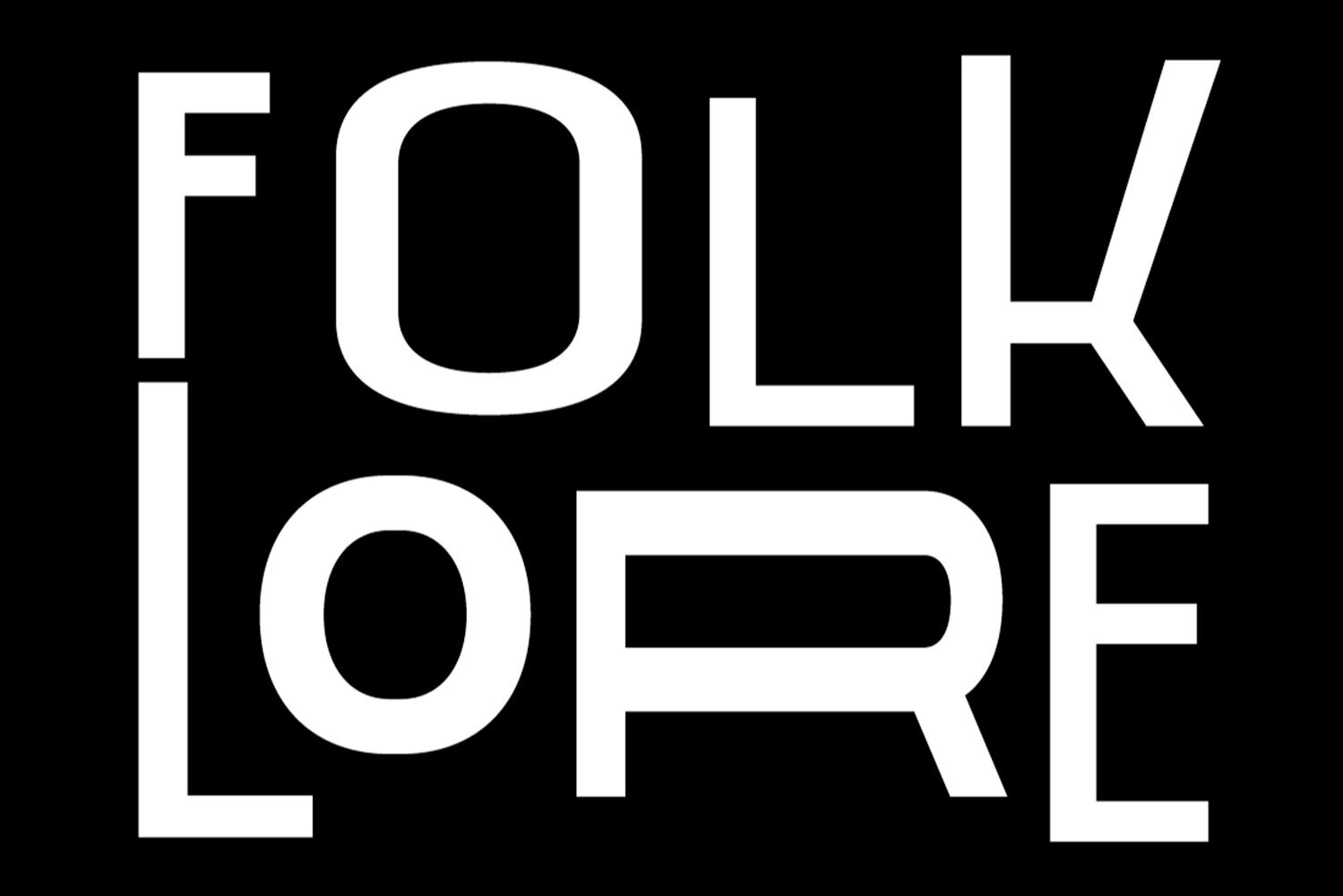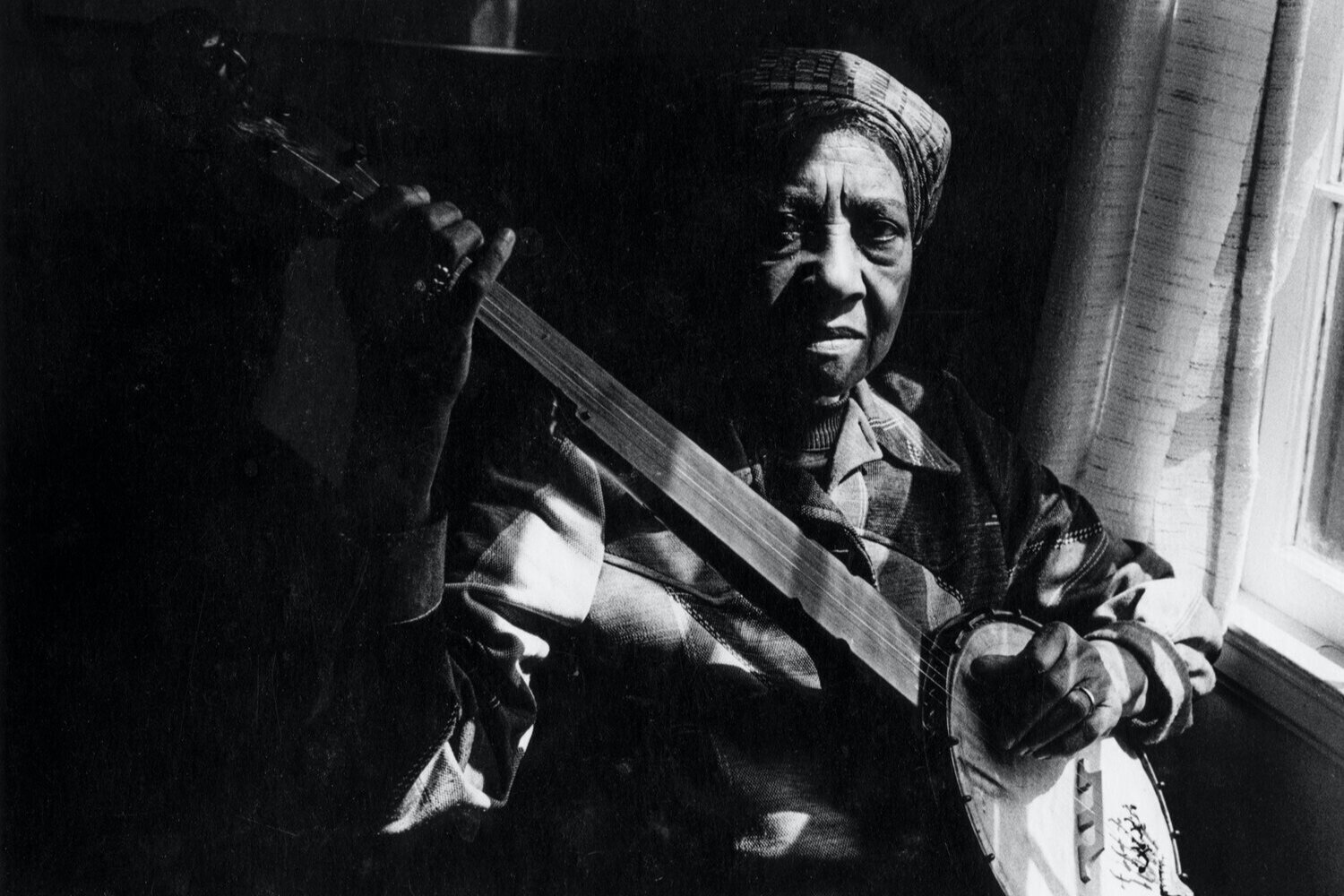By Scott Barretta | Photos by Adam Smith
Art Rosenbaum told me about Bill Ferris in 2009. Art and Margo Rosenbaum had just returned from Chapel Hill, where they had spoken to Bill’s Southern Studies class. April and I were in the process of submitting Art’s name for consideration to be a National Heritage Fellow, a designation awarded by the National Endowment for the Arts. He suggested that Bill might be able to help us by writing one of the letters of recommendation. I got in touch with Bill, and it was not long before we started talking about the films and recordings he had made in Mississippi in the 1960s and ’70s. Bill requested that the Southern Folklife Collection at the University of North Carolina at Chapel Hill send down audio transfers that a team of us began poring over. Almost 10 years later, in 2018, the result was the “Voices of Mississippi: Artists and Musicians Documented by William Ferris” box set. After the set won two Grammy awards, we were contacted by John Lochen and Charles Driebe about putting a live show together featuring descendants of musicians whom Bill had recorded decades ago. These photographs were taken earlier this month at the premiere of the “Voices of Mississippi” show in Oxford, Mississippi.
— Lance Ledbetter
Bill Ferris, 79, began his long and celebrated career as a folklorist as a child, taping the services of an African American church on his family farm outside Vicksburg, Mississippi. Highlights from his more systematic fieldwork in the 1960s and early 1970s were captured in the 2018 Dust-to-Digital boxed set Voices of Mississippi: Artists and Musicians Documented by William Ferris, which received two Grammy Awards. On September 14, 2021, an associated multimedia production, “Voices of Mississippi,” debuted at the University of Mississippi in Oxford, where Ferris was the founding director of the Center for the Study of Southern Culture.
The multimedia show alternates between segments narrated by Ferris featuring his audio, photo, and film work, and performances from north Mississippi musicians who are descendants of artists with whom Ferris worked early in his career. Sharde Thomas is the granddaughter of north Mississippi fife and drum master Otha Turner; Cedric Burnside is the grandson of R.L. Burnside; and brothers Luther and Cody Dickinson of the North Mississippi Allstars are the sons of legendary producer and session man Jim Dickinson, who collaborated with Ferris on documentary projects.
Ferris prerecorded his narrative segments for the Oxford show, which feature samples from his fieldwork along with music and the voices of a wide range of Southern icons whom Ferris has counted as close friends, including Alice Walker, Eudora Welty, Alex Haley, and B.B. King.
These pieces’ narratives are structured to lead into relevant musical performances. Film from Otha Turner’s goat roast and fife and drum picnics, for instance, segues into Sharde Thomas playing the fife together with Chris Mallory on a marching band bass drum. A segment on B.B. King at Yale, where Ferris worked before returning to Mississippi, is followed by a musical tribute featuring all the musicians.
(From left) Cedric Burnside, Luther Dickinson, and Cody Dickinson ran through the show for the first time a day before the concert.
The musicians all play their own sets and in a variety of configurations, and the strength of the show builds upon their long-standing friendships and many informal and studio collaborations. Luther Dickinson began playing with Cedric Burnside in 1997 on tour with R.L. Burnside. Cedric, who was recently named an NEA National Heritage Fellow, later toured with the Allstars, and appeared on their debut album, “Shake Hands With Shorty.” Sharde Thomas was just 8 years old when she played on the Luther Dickinson-produced album “From Senegal to Senatobia” by Otha Turner and the Afrosissippi Allstars. And she has since appeared on three Allstars albums and several of Dickinson’s solo projects, including the 2019 album “Solstice” by Luther Dickinson and the Sisters of the Strawberry Moon.
The show, produced by Charles Driebe of Blind Ambition Management and Lance and April Ledbetter of Dust-to-Digital, was originally set to debut at Jazz at Lincoln Center in early 2020; it will be staged there February 25-26, 2022, with Bobby Rush and Ruthie Foster joining the cast. It is also scheduled at Carolina Performing Arts in Chapel Hill on April 6, 2022; other dates will be announced soon.
Key players from “Voices of Mississippi” shared their thoughts on the significance of the performance — and of the music they’ve loved all their lives.
I’m excited to be a part of the production, getting the music and tradition out to more people who have never heard it before and for people who know about it as well. We play together all the time — I look up to them as my big brothers. It’s going to be a little different because I don’t have my full band, but we’re still going to represent fife and drum music the best way we can. It’s going to be one big party again like always when we jam.
When playing this style of music — this old fife and drum goes years back into slavery — we try to keep it fresh, we try to grab the younger generation and hold on to the older generation as well and just tie it in together.
“Voices of Mississippi,” man, it’s something special. We all grew up together, and the music is from right here in this area. We can take this music to other cultures that don’t understand it and people can learn what the culture’s about and how we grew up. I always thank my big daddy, R.L. Burnside, I thank him for opening the door for the Burnside family as well as other great musicians.
Cody and Luther [Dickinson], they’re still taking this music to new heights, and Sharde [Thomas] and I am as well. I’m glad to make my own mark. That’s something [R.L.] would want me to do. Even though hill country is embedded in my heart, embedded in my blood, I kind of do what’s inside of me. Sometimes it might sound real old school hill country, and sometimes it may sound modern, but I just play what I feel. I’ve got so much music inside of me, and I doubt if I’ll get it all out before I leave this world, but I just want to put it out there so people can relate to it and understand it.
I think in this day and age, the deeper the art can be, the better. And not only is this a multimedia presentation, but it’s so rich in the depth of time, and you can’t fake that. We learned from Otha [Turner] and R.L., but Bill, he filmed and recorded and hung out with Otha and R.L. way before we were around. They were in their prime, younger than we are now in some of these photographs.
The longer a project spans, the richer it is, and you can’t fake it or buy it. This is the longest thing we’ve ever been a part of. Even the things that we did with our dad aren’t this old. Bill is an old family friend, and I remember him in my childhood, he was a very striking figure — his speaking voice, his manner, his clothes. I was always aware of Bill, and it’s an honor to be a part of this.
I think when someone like Otha or R.L. or my dad [producer Jim Dickinson] takes you under their wing, you owe it to them to do as much as you can to carry it on and pass it along. And you don’t have to keep it old-timey, but the songs, the melodies, and the rhythms, as you get older you need to find younger people to teach and pass it along to. I’m getting juiced from young players, they put fire under my ass and I learn things from them. It’s a cool thing. I think that the music has to adapt to survive.
It’s supernatural, it’s super-organic, and it’s a new format for us. I love the multimedia aspect of the show, and the music has so much history — it’s great to break it down and explain it and kind of build a backstory behind the performances. But as far as playing with Sharde and Cedric and Chris [Mallory], I love that. We grew up together, and any opportunity we have to play together is such a treat. And even though we have done it many, many times, this is the first time we’ve been able to collaborate in this way. So that’s cool because it’s like a common language.
It’s something I’ve always wanted to do more of because it adds many, many more layers to the experience. If Dad were here, he would be able to contribute so much — I wish I had more of his gift for storytelling — and R.L. was of course such a great storyteller; at his shows he would do jokes. So I feel like it’s an extension of that. And, of course, Bill, his work is incredible, it’s an honor to be part of this.
The show concluded with a fife and drum procession that filed out past the audience and into the Ford Center's corridor. Sharde Thomas was joined by her regular drummer Chris Mallory on bass drum and Cedric Burnside and Cody Dickinson on snare drums.
The voices I recorded have a choral power because they all connect to both a geographic state and a state of mind called Mississippi. Recording them was my way of building a bridge across troubled waters, and they are both a political and an artistic statement because they recognize the humanity of each person. While in time they all will disappear from the landscape, their voices will endure. I refused to acknowledge the barriers of race, gender, and age into which I was born, and these recordings are my way of opposing them. While I saw my work in the ’60s as intimately linked to the Civil Rights Movement, today it has clear ties to Black Lives Matter.
Scott Barretta is a writer/researcher for the Mississippi Blues Trail, teaches sociology at the University of Mississippi, and hosts the Mississippi Public Broadcasting radio show “Highway 61.” He's the former editor of Living Blues magazine, has written for publications including the Oxford American, Mojo, and Spin, and co-produced the documentary "Shake 'em on Down," about Mississippi Fred McDowell. He also wrote extensive liner notes for the “Voices of Mississippi” box set.
Adam Smith graduated from the University of Mississippi in 1999 with a degree in business and a passion for photography. He's photographed such Delta Blues legends as Junior Kimbrough, R.L. Burnside, and T Model Ford, and he's assisted world-renowned photographer Annie Leibovitz. He managed the Department of Photography at the Atlanta College of Art and photographed country music legend Marty Stuart for his Grammy-nominated album "Ghost Train." Smith's work has appeared in galleries in Oxford, Mississippi; Atlanta; and Macon, Georgia. His photographs have been chosen for permanent display at the Georgia Music Hall of Fame. Smith's “I Fell Down on My Knees” image was chosen to be used in Alan Greenberg's work about Robert Johnson, Love in Vain (2012). Smith is working on a book, Mornin’ Ain’t Come Yet: A Look Into the Music and Landscape of the Deep South.




